Personal blog of Jasper Moore, Head Librarian of the Usher FoundationAs payment for helping me, my lovely assistant got to choose the title(tma oc blog!)
Don't wanna be here? Send us removal request.
Text

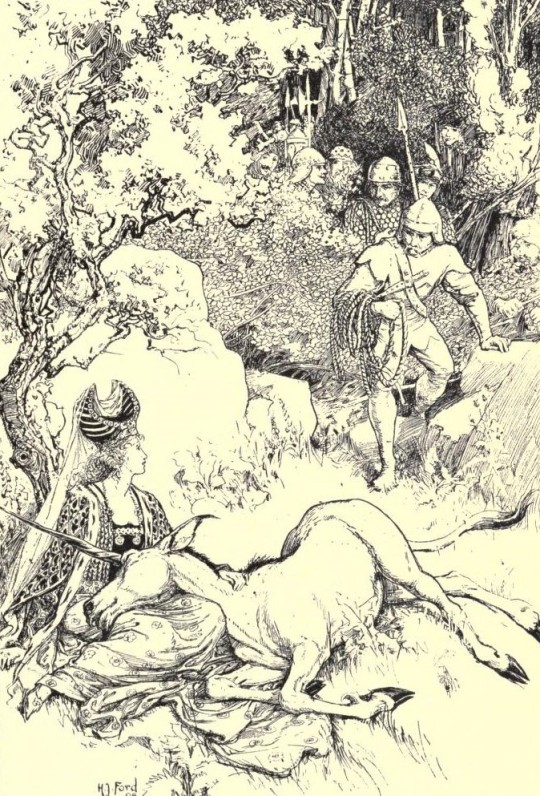
Griffins and Unicorns, from Andrew Lang's The Red Book of Animal Stories by Henry Justice Ford (1899)
3K notes
·
View notes
Text


The Battle of the Frogs and Mice, from Up One Pair of Stairs of My Bookhouse by Willy Pogany (1920)
4K notes
·
View notes
Text
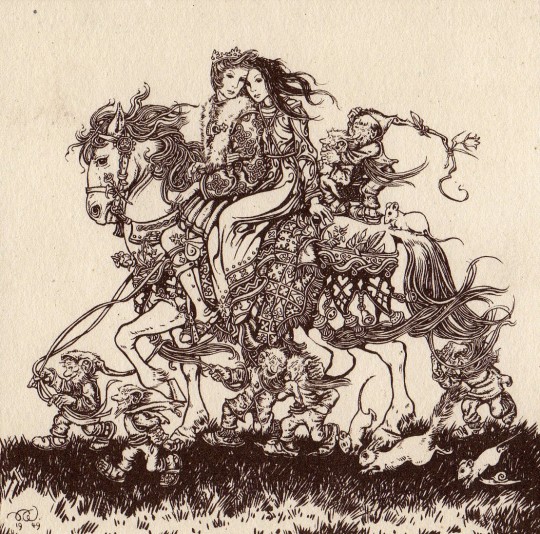
Die Heimkehr by Sulamith Wülfing (1949)
2K notes
·
View notes
Text
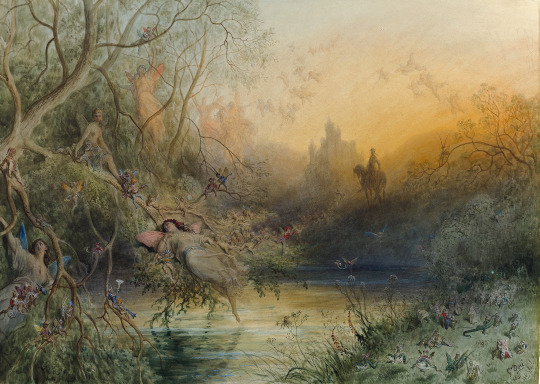
Fairy Land by Gustave Doré (1881)
2K notes
·
View notes
Text

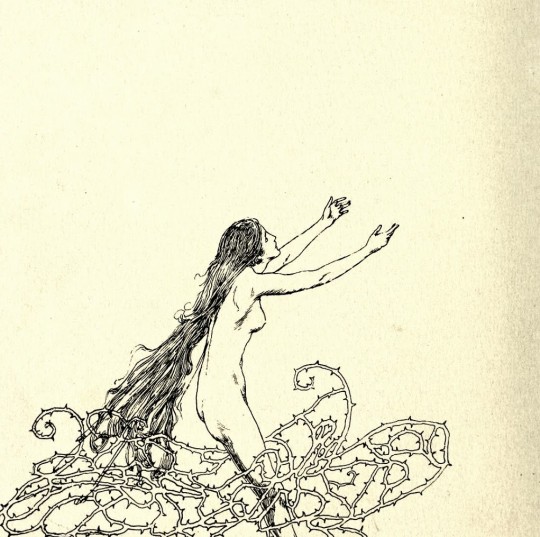
Illustrations from The Tale of Lohengrin, Knight of the Swan by Willy Pogany (1913)
3K notes
·
View notes
Text
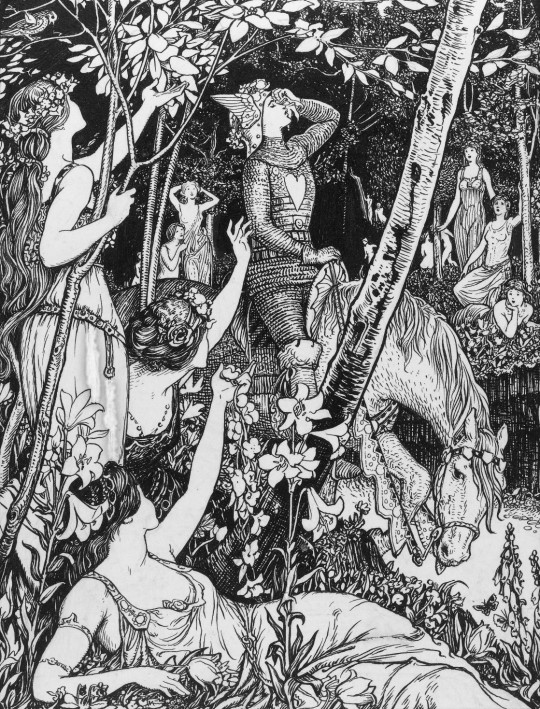
Among the flowers were lovely maidens calling to him with soft voices, from The Fairy of the Dawn for Andrew Lang's The Violet Fairy Book by Henry Justice Ford (1906)
9K notes
·
View notes
Text

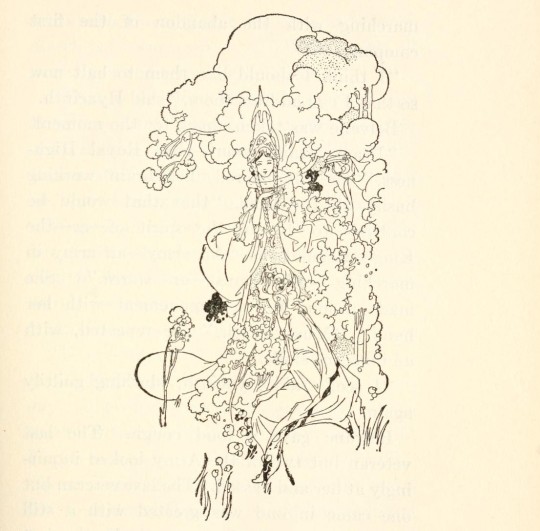
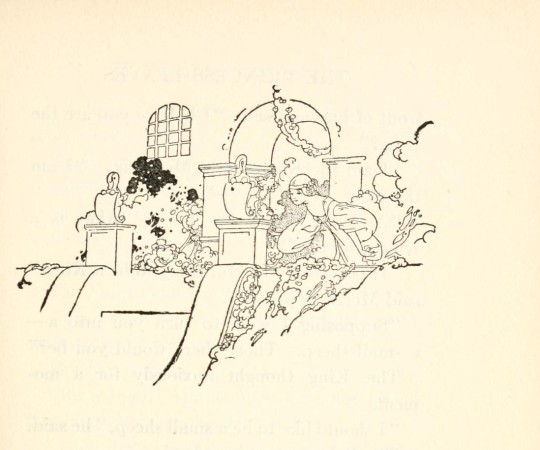
Illustrations from A. A. Milne's Once on a Time by Charles Robinson (1922)
1K notes
·
View notes
Text

Illustration from Manon Lescaut by Alastair (1928)
1K notes
·
View notes
Text
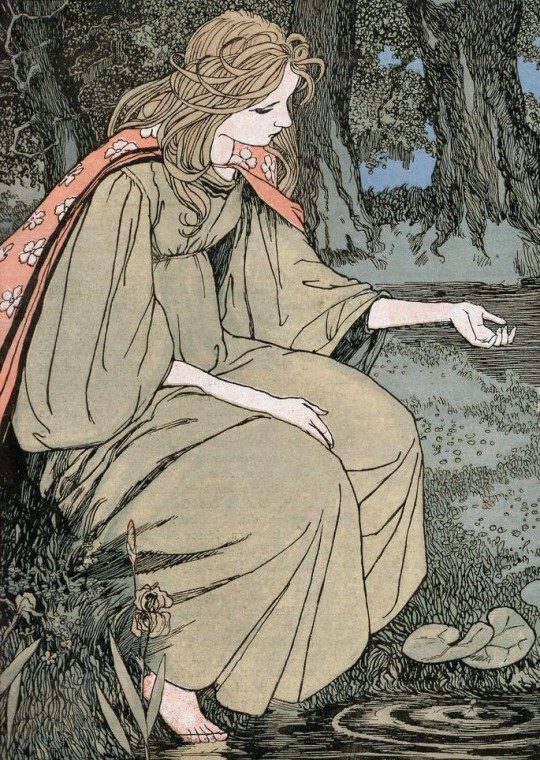
Cover of Jugend Magazine by Robert Engels (Oct. 1896)
7K notes
·
View notes
Text

The love of Venus and Anchises, from Longus' Daphnis and Chloe by Charles Ricketts (1893)
1K notes
·
View notes
Text

King Arthur's Tomb, from William Morris' The Defence of Guenevere and Other Poems by Jessie M. King (1904)
2K notes
·
View notes
Text

TALES OF MYSTERY AND IMAGINATION by Edgar Allan Poe. Illustrated by Harry Clarke.



Henry Patrick Clarke (1889- 1931) was an Irish stained-glass artist and book illustrator. Born in Dublin, he was a leading figure in the Irish Arts and Crafts Movement. His work was influenced by both the Art Nouveau and Art Deco movements. His stained glass was particularly informed by the French Symbolist movement.


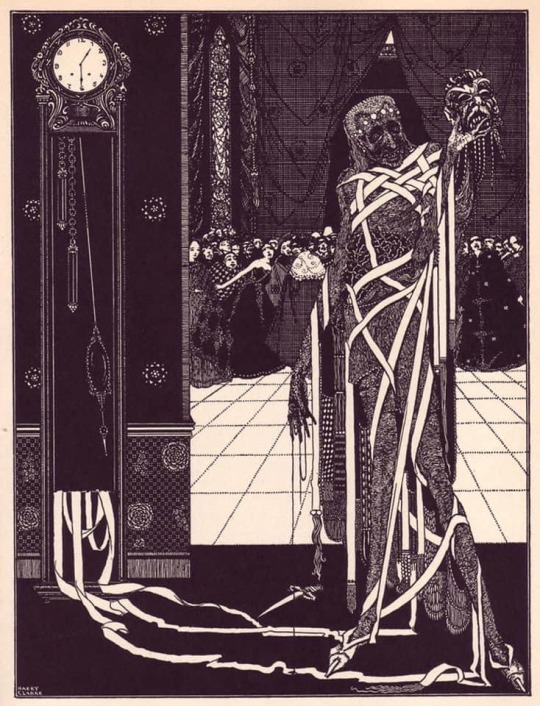



source
148 notes
·
View notes
Text

Green and yellow foot-band binding made by Adam Metzner of Bamberg. The volume’s edge is colored red and partly gilded with star shapes. (c.1900)
46 notes
·
View notes
Text

Gilded and gauffered edge of a laquer volume crafted in the Weischner bookbinding workshop in Jena. (c.1580)
source
59 notes
·
View notes
Text
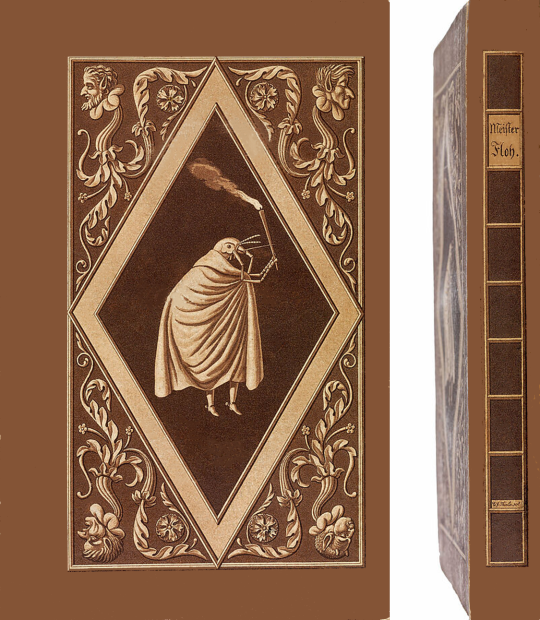
MEISTER FLOH [aka MASTER FLEA] by E.T.A. Hofffman (Frankfort am Main: Friedrich Wilmans, 1822)
‘Shortly before its publication, the novel was the target of a major censorship case. In question were two scenes that appeared to mock the court system and its manner of prosecuting nationalists in the wake of the Carlsbad Decrees. The first edition appeared with significant portions of the fourth and fifth adventures missing. The missing sections were first made public by the literary scholar Georg Ellinger in 1906 in the journal Deutsche Rundschau, and appeared in a new version of the novel published in 1908. Because Hoffmann requested and agreed to the cuts, however, his final intentions for the novel remain unclear, and the novel should be regarded as a fragment.’ — Wikipedia
33 notes
·
View notes
Text

The large book cover painted with lacquer, colors, gold and silver from the 16th century is one of the showpieces of the Islam collection at the Museum für Kunst und Gewerbe Hamburg. It was bound in a Persian court studio and is an example of the great importance of book art within Islamic culture.

On the front and back you can see a heavenly landscape with flowering trees, birds and fighting pairs of animals. The mythical animals such as the phoenix, qilin and dragons, as well as the cloud shapes and flying cranes, betray the Chinese influence. The paint technology also comes from China. The lacquer cover, however, is a Persian invention from the late 15th Century.

source
89 notes
·
View notes
Text

Until the eighteenth century, it was customary for a publisher to only produce the book block. People could choose a bookbinder to provide it with a (luxury) binding of their choice. Suenonius Mandelgreen, one of the top Dutch eighteenth-century bookbinders designed the cover with the Van Borssele van der Hooge family’s coat of arms in the center and cupids shooting arrows at a flying heart in the corners. (1755)
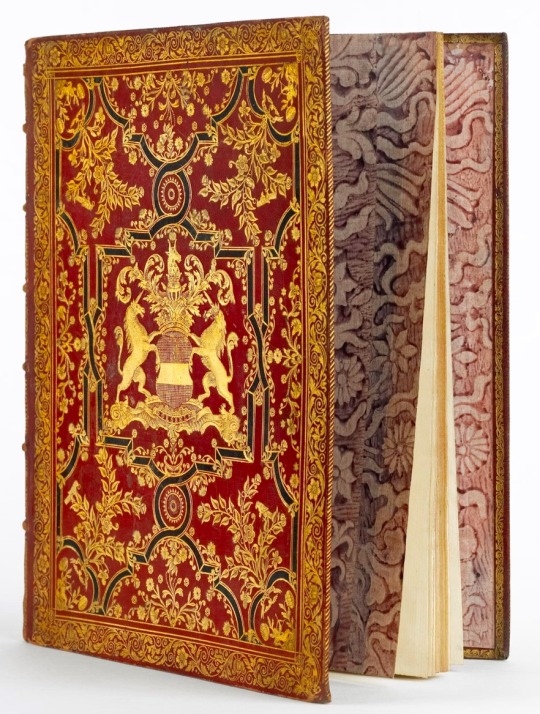
63 notes
·
View notes